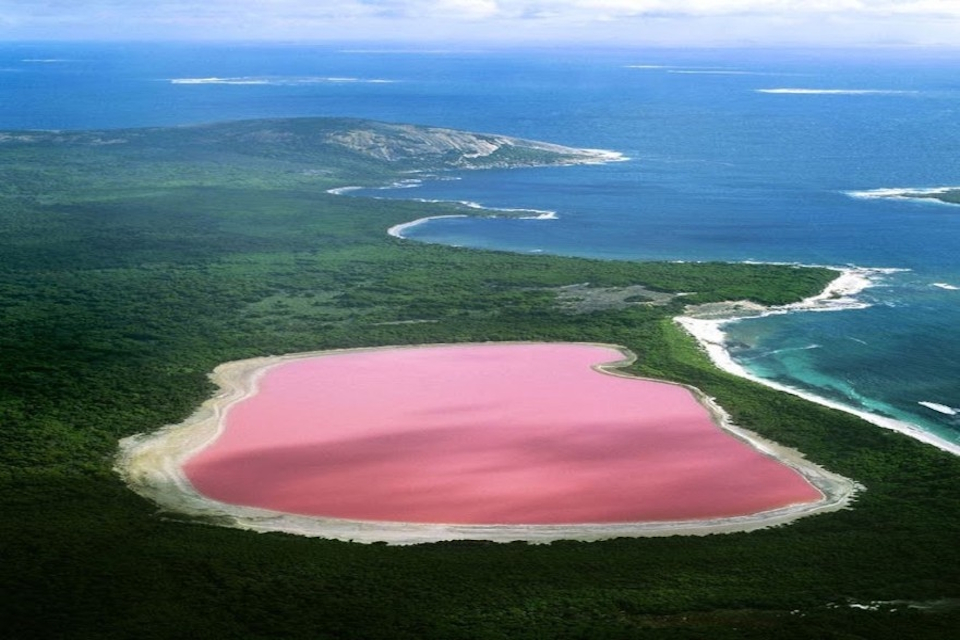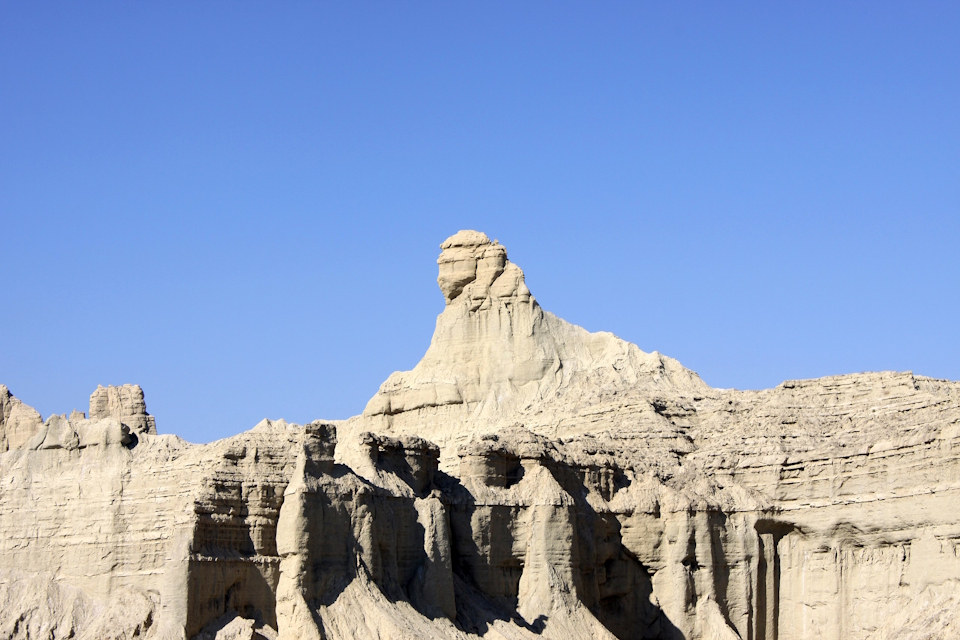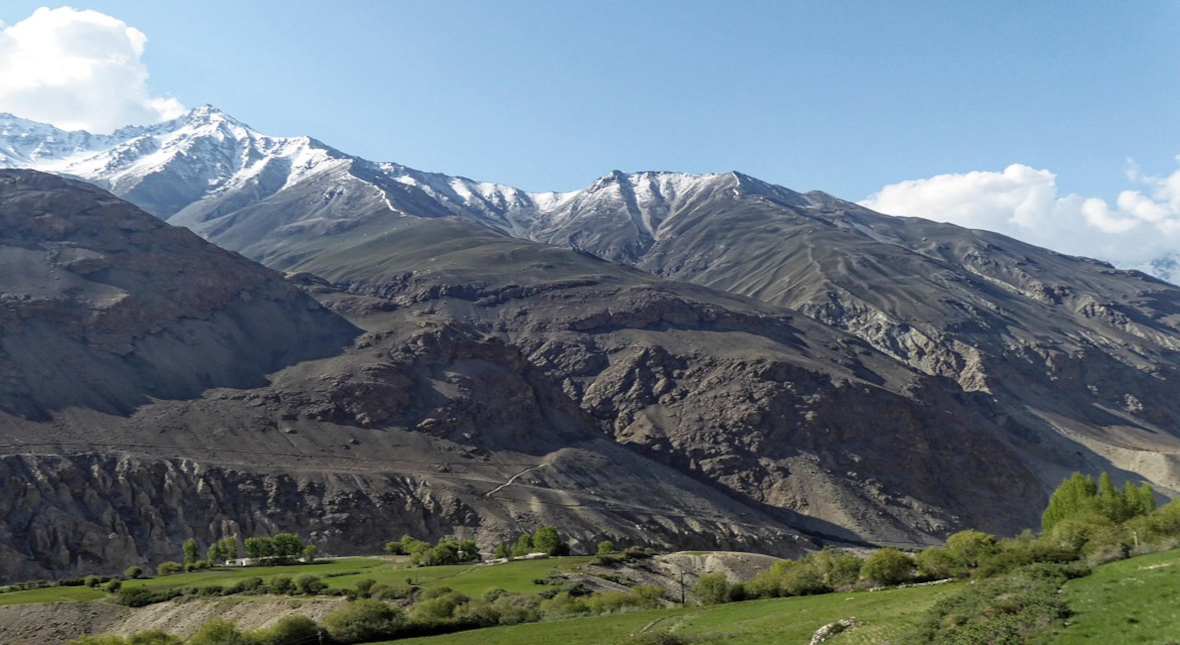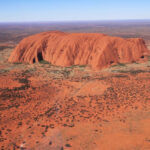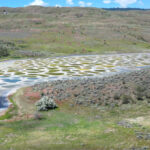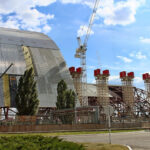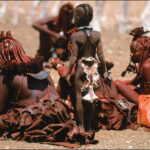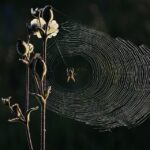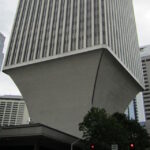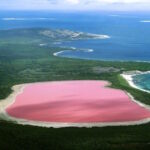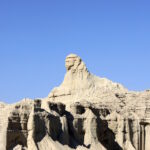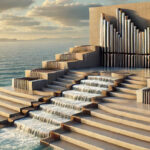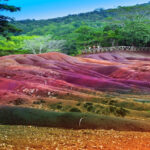Now Reading: The Geological Wonder of the Hill of 14 Colors (Serranía de Hornocal)
-
01
The Geological Wonder of the Hill of 14 Colors (Serranía de Hornocal)
The Geological Wonder of the Hill of 14 Colors (Serranía de Hornocal)
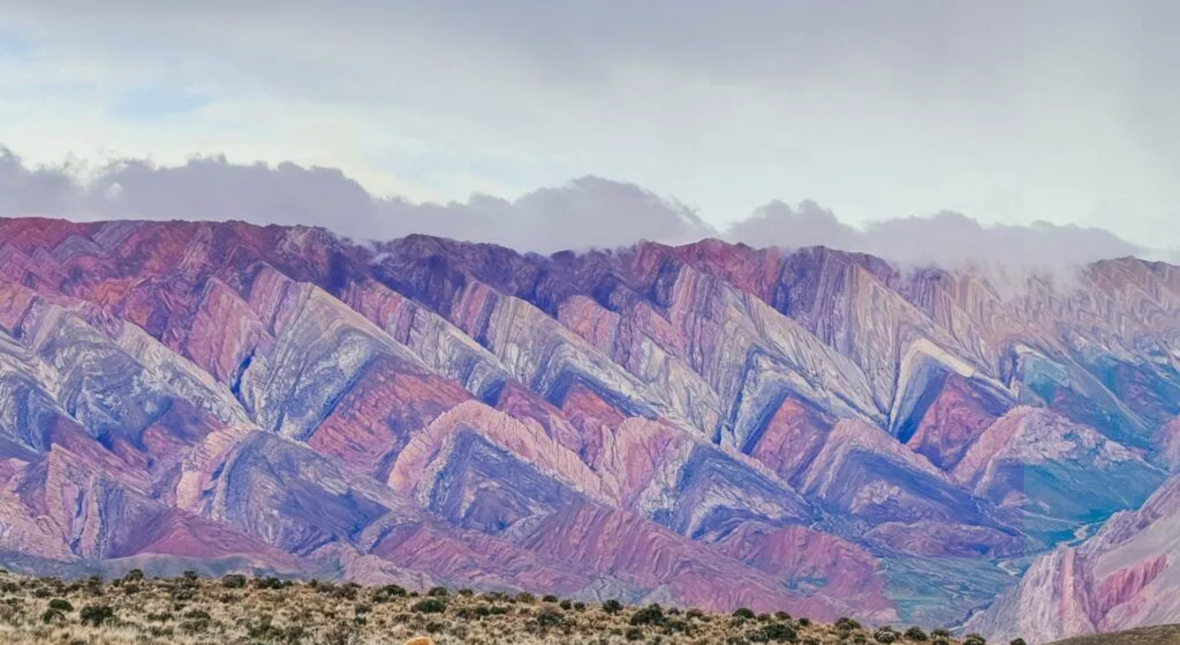
The Serranía de Hornocal, often referred to as the Hill of 14 Colors, is one of the most mesmerizing natural formations on Earth, nestled in the remote highlands of Jujuy Province, northern Argentina. What makes it extraordinary is not only its vibrant, multicolored slopes that resemble an enormous abstract painting but also the deep geological story they tell—layer by layer, color by color. These technicolor ridges are part of the Yacoraite Formation, a geologic sequence that has preserved sedimentary layers dating back to the Late Cretaceous Period, approximately 70 million years ago, when dinosaurs still roamed the planet, and much of South America was submerged beneath shallow epicontinental seas.
Birth of the Colorful Layers
During the Cretaceous, the region that is now Hornocal lay under a warm, shallow sea teeming with microscopic marine organisms and rich in suspended sediments. Over time, fine particles of carbonate minerals, organic material, and silts settled to the sea floor, creating alternating bands of limestone, dolomite, marl, and claystone. These deposits, accumulating over millions of years, became compacted into thick, horizontal sedimentary strata. As oceanic conditions fluctuated—due to climate shifts, tectonic events, and biological productivity—so did the composition of the sediments. This environmental diversity is recorded as chemical variation in each layer, and it is this variation that later manifests as the colorful stripes seen today.
The Rise of the Andes
The process that brought these seabed layers to light is known as the Andean orogeny, a colossal mountain-building event that began around 50 million years ago and continues into the present day. This was caused by the Nazca Plate subducting beneath the South American Plate, generating immense pressure that folded, faulted, and uplifted the horizontal sedimentary beds into steeply tilted ridges. Unlike typical mountain ranges with random rock formations, Hornocal’s uplift preserved the layered geometry of the seabed sediments, now standing vertically or at sharp angles. These triangular ridges, called chevron folds, are a classic indicator of intense compressional tectonics and are rarely exposed so beautifully.
Sculpted by Time and the Elements
Following their uplift, these colorful formations were slowly unveiled through the persistent action of erosion. Over millions of years, wind-driven abrasion, freeze-thaw cycles, and sporadic rainfall sculpted the landscape, wearing down softer rock layers and exposing harder, mineral-rich bands. The thin atmosphere at high altitudes accelerates thermal weathering, while seasonal storms channel runoff into sharp gullies. This erosion carved out dramatic valleys and peaks, enhancing the jagged, sawtooth profile of the range. Importantly, this natural weathering also acts like a geologist’s scalpel—cutting away the overburden and revealing the vivid internal stratigraphy.
Why So Many Colors?
Each stripe of color at Hornocal is the result of distinct mineral compositions within the sedimentary layers. The reds and oranges primarily come from iron oxides, such as hematite, which oxidize in dry air, much like rust on metal. Yellows derive from limonite, another hydrated iron oxide. Green hues may come from chlorite, glauconite, or other iron silicates. Purples and deep browns often indicate the presence of manganese oxides, while the more neutral white and gray bands may represent pure limestone or dolomite with low iron content. The resulting visual effect is not just a matter of aesthetics—it’s a scientific roadmap of ancient geochemical conditions preserved in stone.
A Chronicle of Ancient Environments
These layers are more than just rock—they are time capsules of long-lost environments. Marine fossils embedded within the limestone strata provide clues about ancient ecosystems. Tiny fossilized shells, corals, and plankton known as foraminifera tell us about sea temperatures, oxygen levels, and ocean chemistry in the Cretaceous. Isotope analysis of the carbon and oxygen in these layers helps reconstruct past climate cycles, linking Hornocal’s geology to global paleoclimatic events. In this sense, the hill acts as both a visual marvel and a scientific archive of Earth’s deep-time history.
Cultural Legacy: Sacred Colors of the Andes
Among the Quechua-speaking peoples and the indigenous communities of Jujuy, the mountain has long held sacred significance. According to local oral traditions, the colors of Hornocal were said to have been painted by Pachamama, the Andean earth goddess, as a gift to the people. Rituals and offerings are still made in the vicinity, especially during Inti Raymi (the Andean New Year), when locals give thanks to the land and the mountains for fertility and guidance. Petroglyphs and sacred cairns found nearby suggest that the mountain was used for ceremonial observances for many centuries before European contact.
Ancient Highways and Empires
Hornocal lies within the Quebrada de Humahuaca, a valley that once served as a major artery of the Qhapaq Ñan, the vast road network of the Inca Empire. Merchants, warriors, and messengers called chasquis would travel this highland corridor, moving between Cusco, Bolivia, and what is now northwestern Argentina. These roads were feats of engineering in their own right—stone-paved, altitude-adapted, and capable of spanning extreme Andean landscapes. One can easily imagine a weary traveler pausing at a high pass and gazing across the fiery slopes of Hornocal in awe, perhaps interpreting its colors as a celestial omen or map of the heavens.
Gateway to the Sky
Situated at an altitude of nearly 4,761 meters (15,620 feet) above sea level, the Hill of 14 Colors is not just a visual spectacle—it’s a physiological challenge. Visitors often contend with altitude sickness, and the thin air lends the landscape an otherworldly stillness. The climb or drive from Humahuaca, the nearest town, takes you along a steep gravel road with hairpin turns and panoramic views of the Andes. At the summit, the view is almost surreal: row upon row of striped mountain faces unfurl like geological waves. The contrast between the multicolored rocks and the stark blue sky creates a sense of being suspended in a natural dreamscape.
A Scientific Goldmine
Modern geologists study Hornocal to understand compressional tectonics, stratigraphy, and mineral weathering. Using techniques like X-ray fluorescence (XRF), drone photogrammetry, and remote sensing, researchers map each fold and track how erosion exposes different formations. Satellite imagery from ESA’s Copernicus Programme has allowed precise color variation mapping and slope stability assessments. Hornocal is now included in educational field trips, and serves as a classic example in university geology courses worldwide for its pristine exposure of folded sedimentary rock.
Comparison and Global Context
While Rainbow Mountain in Peru is often more famous due to social media, Hornocal is geologically older, larger, and arguably more striking due to the angular folds and wider range of hues. Unlike Rainbow Mountain, which has become heavily trafficked, Hornocal remains relatively off the beaten path, offering a purer experience for those seeking solitude and geological insight. Its preservation is aided by its remoteness and lack of over-tourism—something local authorities are keen to maintain through sustainable tourism practices and ecological guidelines.
Fossils from the Ancient Sea
In 2017, a team of Argentine paleontologists conducted a deep core drilling survey on the uppermost slopes of Hornocal. They recovered samples from over 150 meters deep, containing beautifully preserved fossilized mollusks, echinoderms, and even trace burrows left by ancient marine worms. The core also revealed subtle color changes indicating seasonal climate shifts—essentially making Hornocal a natural climate recorder. Their work confirmed what locals had long suspected: this mountain was once the floor of an ancient sea, transformed over eons by Earth’s restless crust into a multi-colored colossus. It’s a true testament to time, both majestic and humbling.











